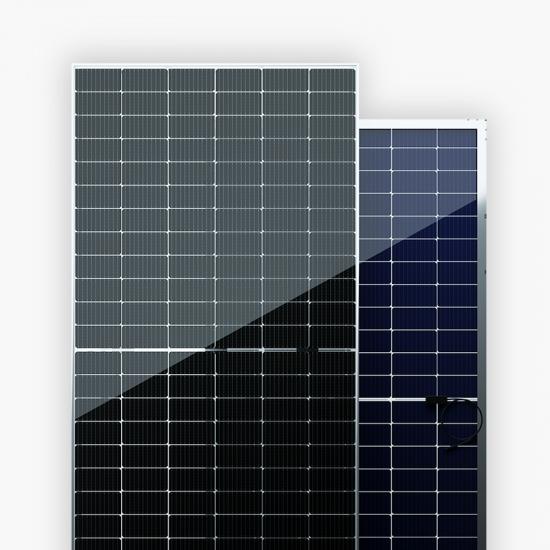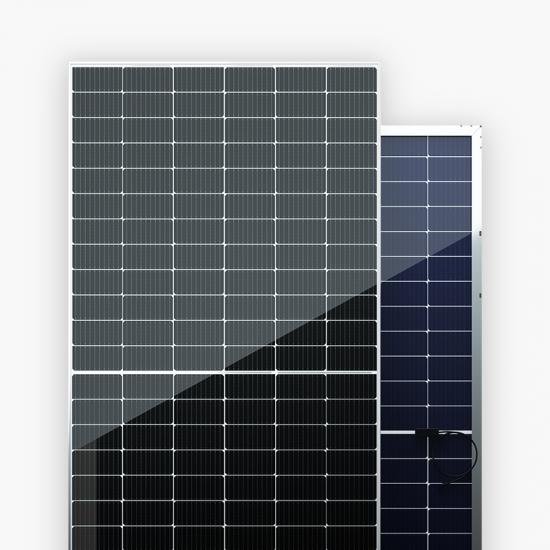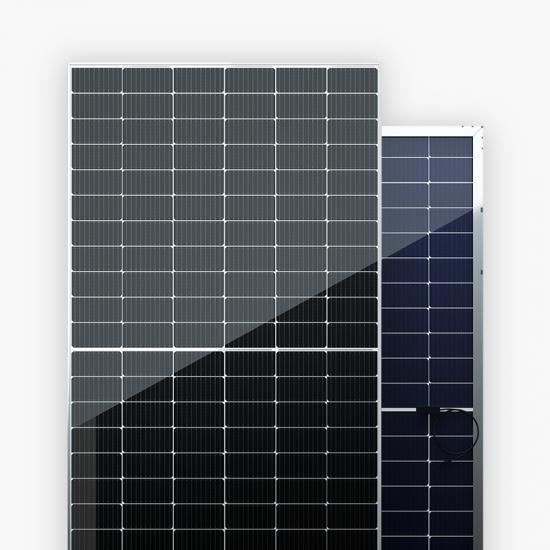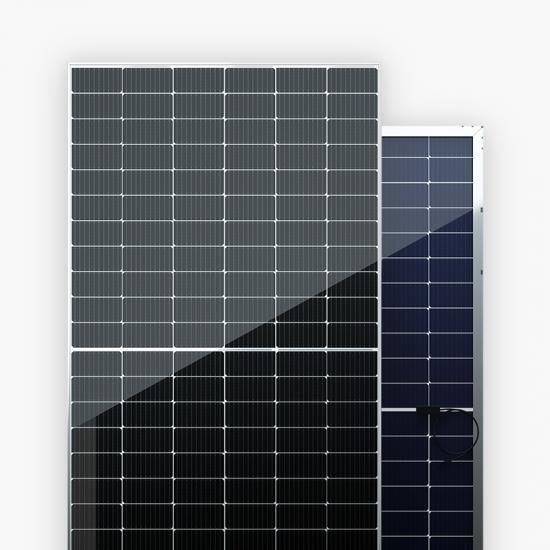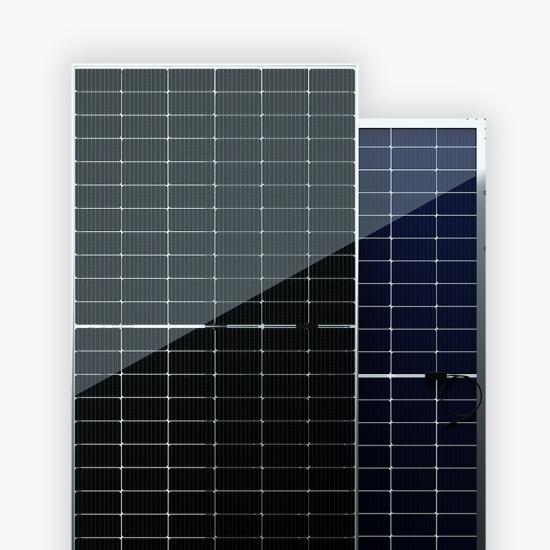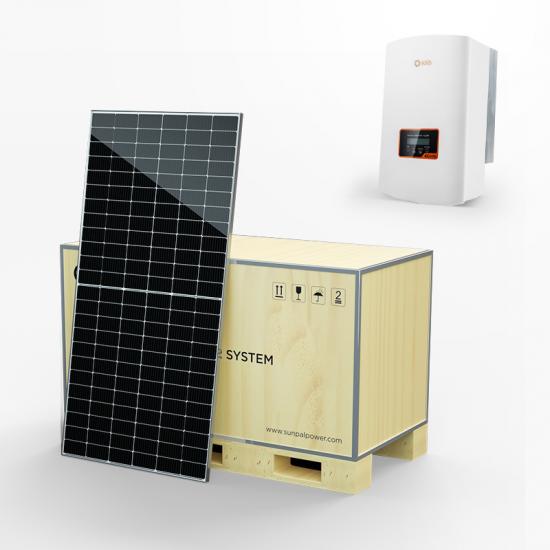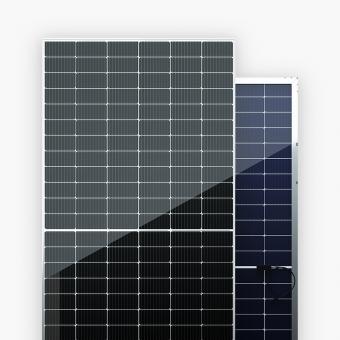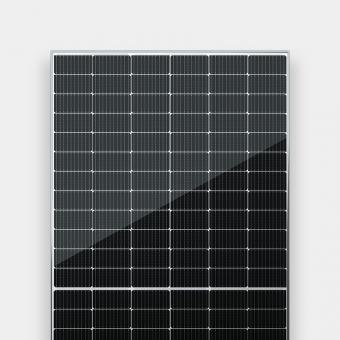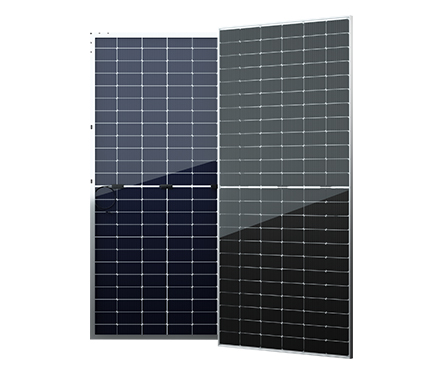
BIMAX5 Solar Panel
BIMAX5 adopts a structure of glass and clear backsheet panel, which has better mechanical strength and is not easy to generate cell cracks; the front glass is 3.2mm coated tempered glass, has stronger stress tolerance and impact resistance. Half-cell solar module meets 1500V system voltage design requirements, which can reduce system-side cost by about 10%. When meet dust and snow on the lower edge, it can effectively reduce the loss of power generation caused by obstruction.
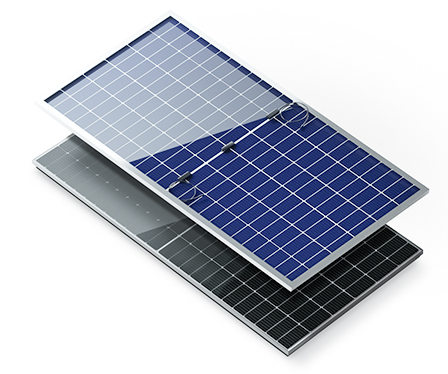
Transparent Backsheet Solar Panel
Transparent backsheet solar panel have five major advantages, no bursting risk; light weight, transparent backsheet is 30% lighter than double-glass panel; with breathability, can release packaging material degradation products in time; glass has low volume resistance, have PID phenomenon occurs, need POE packaging, but transparent backsheet has a high volume resistance, which greatly reduces the occurrence of PID phenomenon, and the transparent backsheet can be matched with EVA to achieve a cost reduction and an increase in production efficiency.
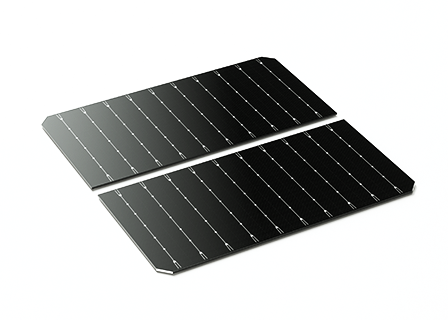
Half Cut Technology
Solar cell is cutted into two half, multi-busbar current is halved, the entire module current loss is reduced to 1/4, and the output power is 5-10W higher than same version solar module. The hot spot temperature of half cell solar module is about 25℃ lower than full cell module, which can effectively reduce the hot spot effect. Low PID and LID.

BiMAX5 Solar Panel Certifications:
IEC 61215, IEC 61730, UL 61730
ISO 9001:2008: ISO Quality Management System
ISO 14001: 2004: ISO Environment Management System
OHSAS 18001: 2007 Occupational Health and Safety
BiMAX5 Solar Panel Features:
- Bifacial technology enables additional energy harvesting from rear side (up to 25%)
- Glass/glass lamination ensures 30 year product lifetime, with annual power degradation < 0.45%,
- 1500V compatible to reduce BOS cost
- Solid PID resistance ensured by solar cell process optimization and careful module BOM selection Reduced resistive loss with lower operating current
- Higher energy yield with lower operating temperature
- Reduced hot spot risk with optimized electrical design and lower operating current













